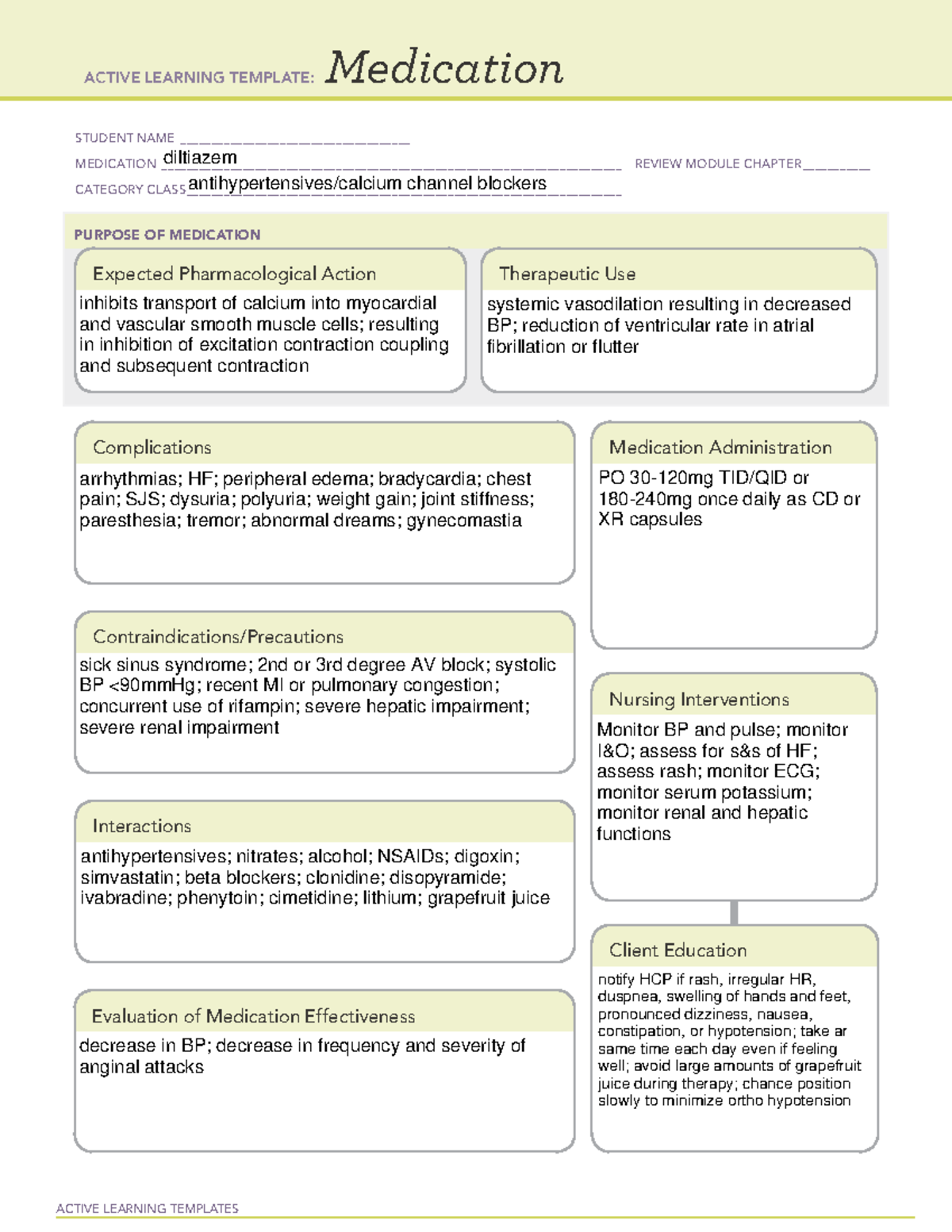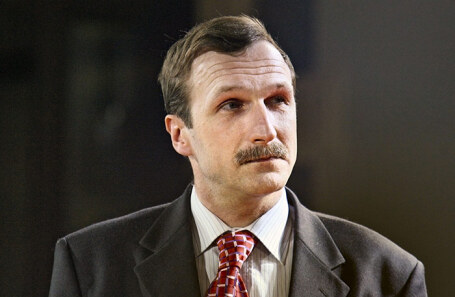
Graduates will face a mandatory three-year service period in their assigned medical field or incur a significant compensation payment, including penalties. Experts voice concerns that such stringent conditions could deter prospective students from pursuing medical careers.

A government legislative commission has given its approval to a Ministry of Health initiative that will designate all state-funded medical higher education positions as targeted. Under this new framework, medical students undertaking targeted training will be liable for a triple compensation payment should they decline their mandatory service. This sum encompasses the cost of their education plus a two-fold penalty. Similar requirements are proposed for students enrolled in medical colleges. What prompted this substantial policy shift?
The motivation behind these actions by healthcare officials is straightforward: Russia is grappling with a severe shortage of medical professionals. As of the beginning of the current year, the deficit exceeded 23,300 doctors and an additional 63,500 mid-level medical personnel. While the workforce began to recover in 2023, returning to pre-pandemic levels, it remains insufficient to meet demand. The scarcity is so critical that paramedics have been authorized to provide medical assistance. The Ministry of Health had previously suggested a three-year mandatory service for state-funded medical graduates.
The latest proposal mandates that all state-funded medical university students transition to targeted training, formalized by a contract with a specific employer. Conversely, if the employer fails to provide employment or unilaterally terminates the agreement, they too will be subject to a fine payable to the state budget. Graduates will be required to serve for three years in the organization specified in their contract, or within an institution participating in the state guarantee program for free medical care. This provision extends to private clinics, which are increasingly integrated into the compulsory medical insurance (OMS) system.
A pertinent question arises regarding the process of choosing a workplace for graduates. While it is suggested that graduates will select their region and specific medical institution, the Ministry of Health will independently determine the maximum number of students admitted to residency programs. This raises concerns about a potential artificial reduction in residency slots—which train highly qualified specialists—in an effort to mitigate the immediate deficit of lower-qualified medical personnel.
The pathway to becoming a doctor involves four to six years of specialist education at a university, followed by two years of residency for specialized fields, culminating in a six to eight-year training period. Accurately forecasting the exact personnel needs of a specific medical institution six, or even eight, years into the future to establish a targeted training contract presents a significant challenge. The practical implementation of this policy will ultimately provide answers. Given the average annual cost of state-funded medical education—just over 200,000 rubles—a breach of contract could result in a substantial penalty of approximately 3 million rubles.
There is a considerable risk that these stringent, mandatory conditions could deter potential medical applicants. Prior surveys on the concept of mandatory three-year service revealed a predominantly negative response: up to two-thirds of practicing doctors expressed opposition, and as many as a third of aspiring medical students indicated they would abandon their plans to enter medical school under such terms.
These sentiments are not merely hypothetical; they stem from a deep-seated psychological resistance to the principle of «mandatory service» and «forced labor.» While it may seem counterintuitive to pursue a medical degree without intending to practice, the definition of «specialty» can be ambiguous. Many graduates eschew demanding roles in emergency services or state hospitals, characterized by arduous schedules, high stress, and modest salaries, where the work often feels like a relentless conveyor belt. Instead, they seek opportunities in the food industry, pharmaceuticals, «para-medical» fields not directly linked to clinical practice, or aspire to join private clinics that offer significantly higher remuneration. The perception of «state medicine» is frequently associated with low wages, high-stress environments, and excessive overtime. Consequently, approximately 35% of higher education medical graduates and 40% of mid-level medical graduates, after completing their state-funded education, opt not to join the state or municipal healthcare system.
Even among students enrolled in targeted programs (funded by specific medical institutions), only about a third return to work at their sponsoring organization after medical school, frequently choosing to «buy their way out» as early as their first years. This practice is notably uncommon in other countries, where individuals would typically not devote six to eight years to a demanding profession only to avoid practicing it. Furthermore, serving as a practicing doctor is often considered an excellent foundation for a future career in many parts of the world.
However, the salaries of Russian medical professionals are not on par with those in more affluent nations. While the average doctor`s salary increased to 123,000 rubles last year, and that for mid-level medical staff to 61,000 rubles, these are merely «hospital averages.» Median salary statistics for healthcare workers are not available, yet such data would more accurately reveal the significant pay disparity between management and frontline staff. Entry-level and regional medical personnel often receive modest salaries, sometimes as low as 40,000-50,000 rubles. For example, while doctors in the Yamal-Nenets Autonomous Okrug average 158,000 rubles and in Moscow 145,000, their counterparts in Volgograd, Voronezh, and Samara earn around 65,000, and in Yekaterinburg and Kazan approximately 50,000. These figures, it bears repeating, are averages that include supervisors and administrative staff within the medical sector. Therefore, alongside mandatory service, it is crucial to consider increasing the salaries of medical workers. As the adage goes, good quality rarely comes cheap, especially when compelled.











